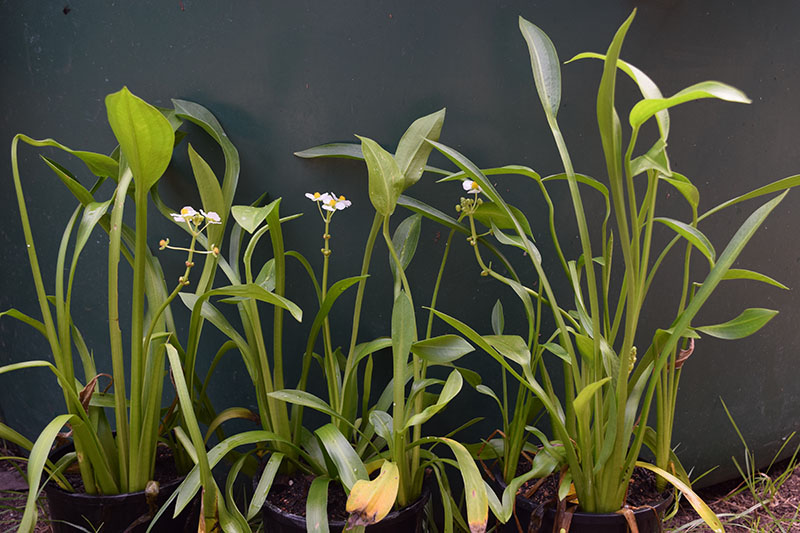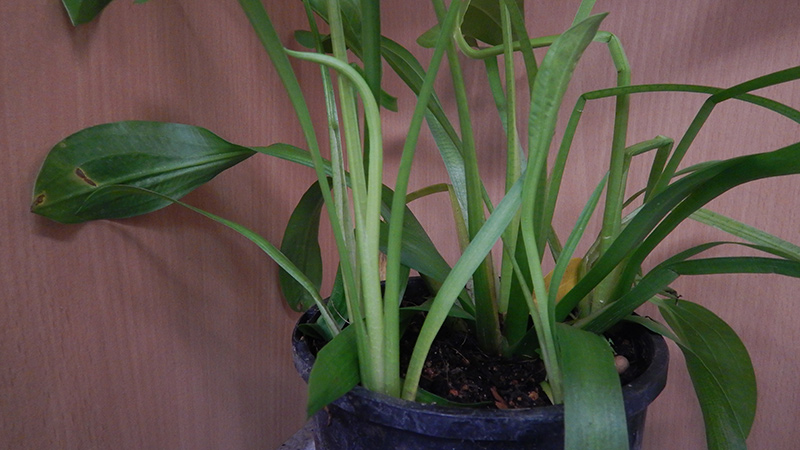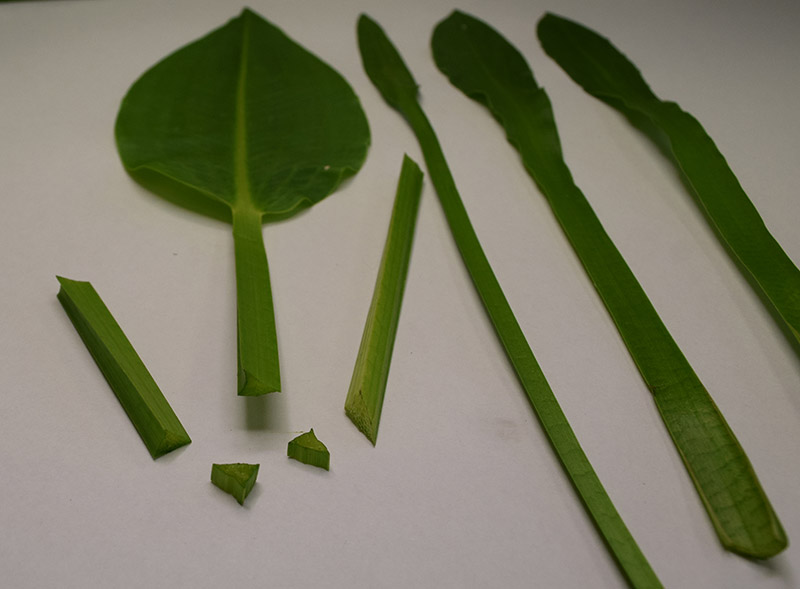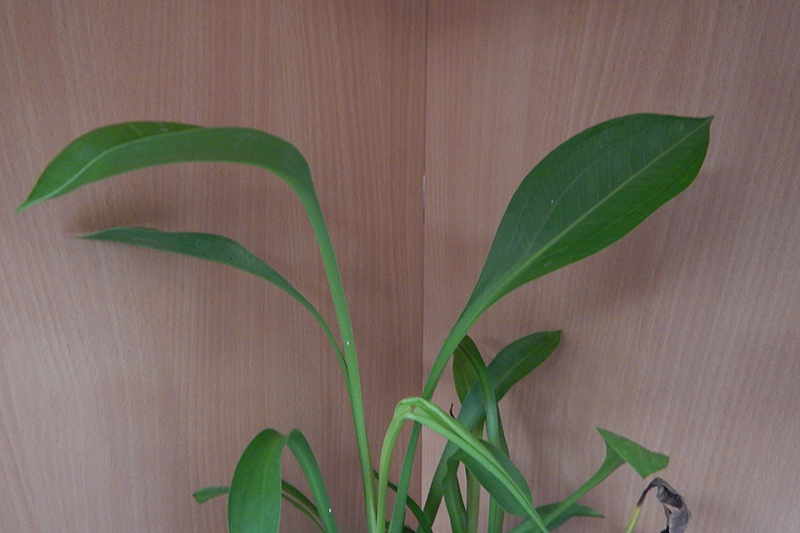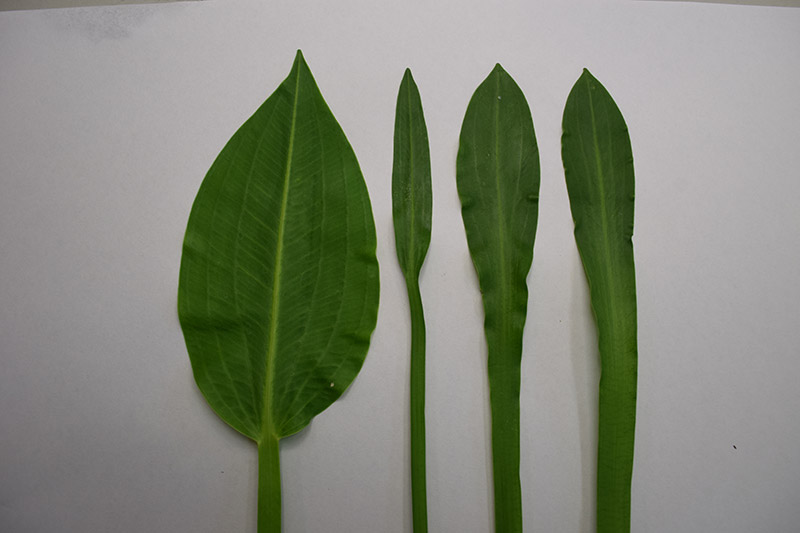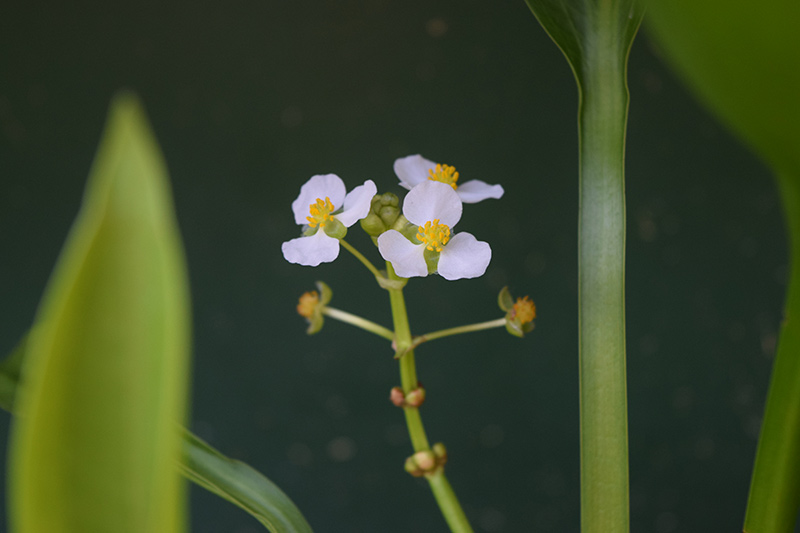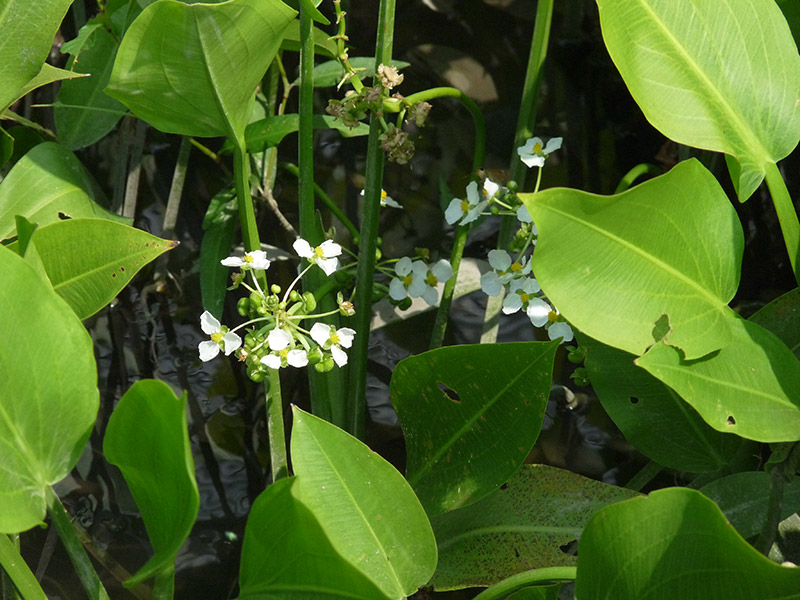Sagittaria
Scientific name: Sagittaria platyphylla
Declaration status: Class A
Sagittaria is a Weed of National Signficance. For more information, go to the Australian Government's Department of Environment website.
Sagittaria is native to North America and was introduced to many continents as an ornamental plant.
It is not known how or why sagittaria was first imported into Australia.
It was first discovered naturalised near Brisbane in 1959, then in 1962 in Victoria and in 1964 in New South Wales.
It now occurs along the East Coast of Australia as far north as Cairns.
It is common in northern Victoria, south-eastern New South Wales and south-eastern Queensland.
It has been found in isolated locations around Adelaide, South Australia, and at Perth and Albany in Western Australia.
Sagittaria is not known to occur in the Northern Territory.
For more information get the sagittaria identification fact sheet PDF (505.5 KB).
Impact
Sagittaria is an important weed of rice crops and wetlands in the Eastern States.
It is a threat to waterways and wetlands across Western Australia, especially to the Ord River Irrigation Area.
It is becoming a problem in irrigation channels, drains, creeks and wetlands, where it forms dense patches which obstruct water flow.
Sagittaria can have the following impacts:
- dense infestations can reduce water flow
- blocked irrigation channels can increase production costs
- blocks natural waterways and chokes out native vegetation
- may restrict access for recreational fishing, boating and swimming.
Identification
You should use this as a guide. There may be other plants or weeds that look similar.
- aquatic plant rooted in the ground can grow submerged or emerging above the water surface up to 1.2m tall
- stems are triangular-shaped in cross-section
- submerged leaves are translucent and strap-like up to 50cm long
- emergent leaves are lance-shaped up to 28cm long and 10cm wide and are on a long stalk
- white or sometimes pink flowers appear at the top of a leafless stalk
- flowers are always below leaf height in 2 to 12 whorls of three flowers arising from the same position on the stem
- male flowers are at the top and female ones at the bottom, both male and female flowers have three petals
- fruit is a cluster of one-seeded segments, each segment flattened, winged and 1.5mm to 3mm long.
If you are unsure, contact the Weed Management Branch.
Control
If you think you may have seen sagittaria, or have this weed on your property, do not attempt to control it.
Contact the Weed Management Branch immediately for assistance.
Sagittaria is on the alert list for environmental weeds. This is a list of weeds that threaten biodiversity and cause other environmental damage.
Spread
Sagittaria is a prolific seed producer. Seeds are tiny and can be spread by water or by attaching to water birds.
Spread prevention
Resources
Watch the following sagittaria video.
Give feedback about this page.
Share this page:
URL copied!
